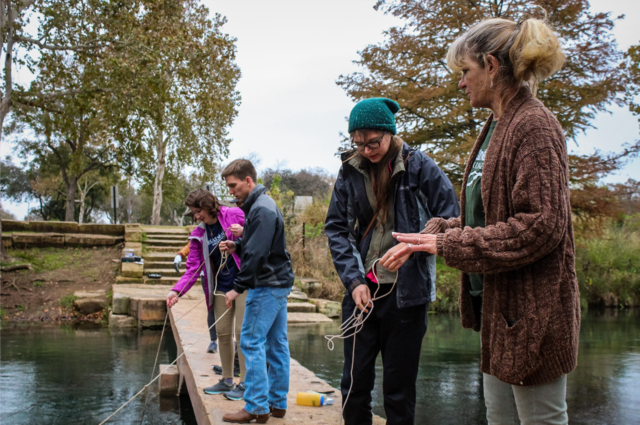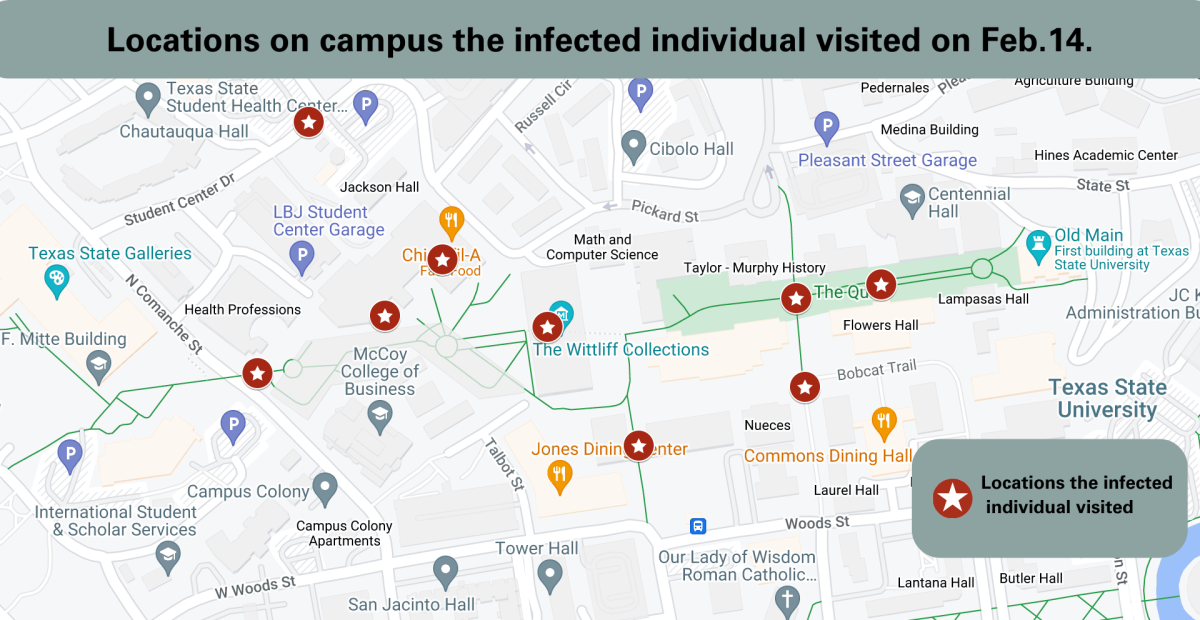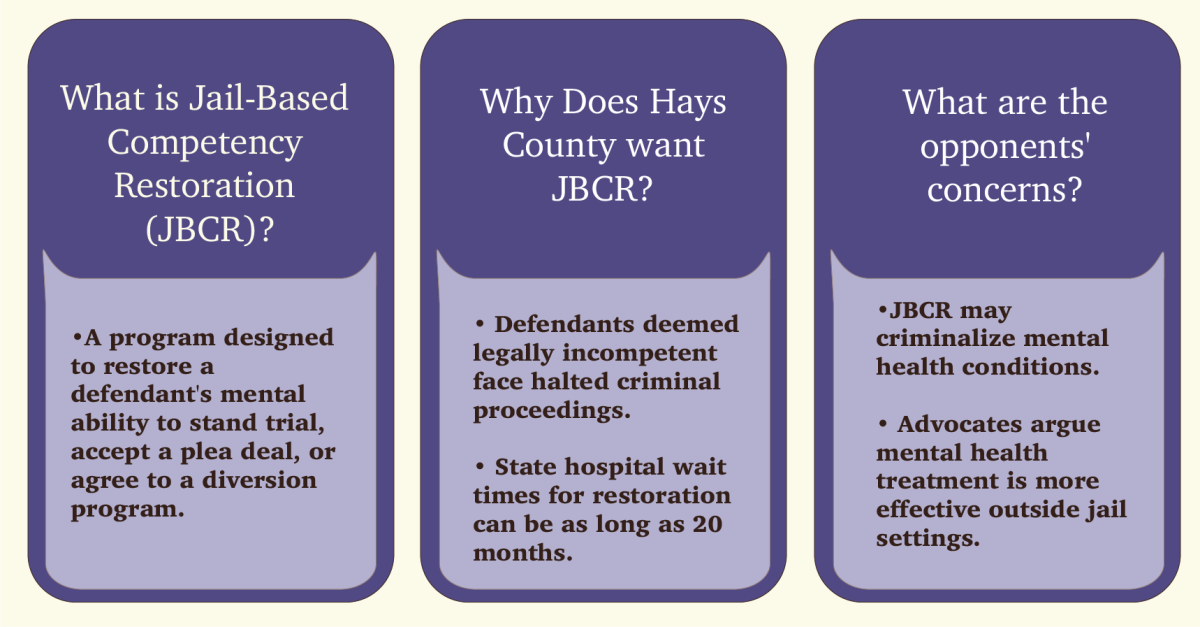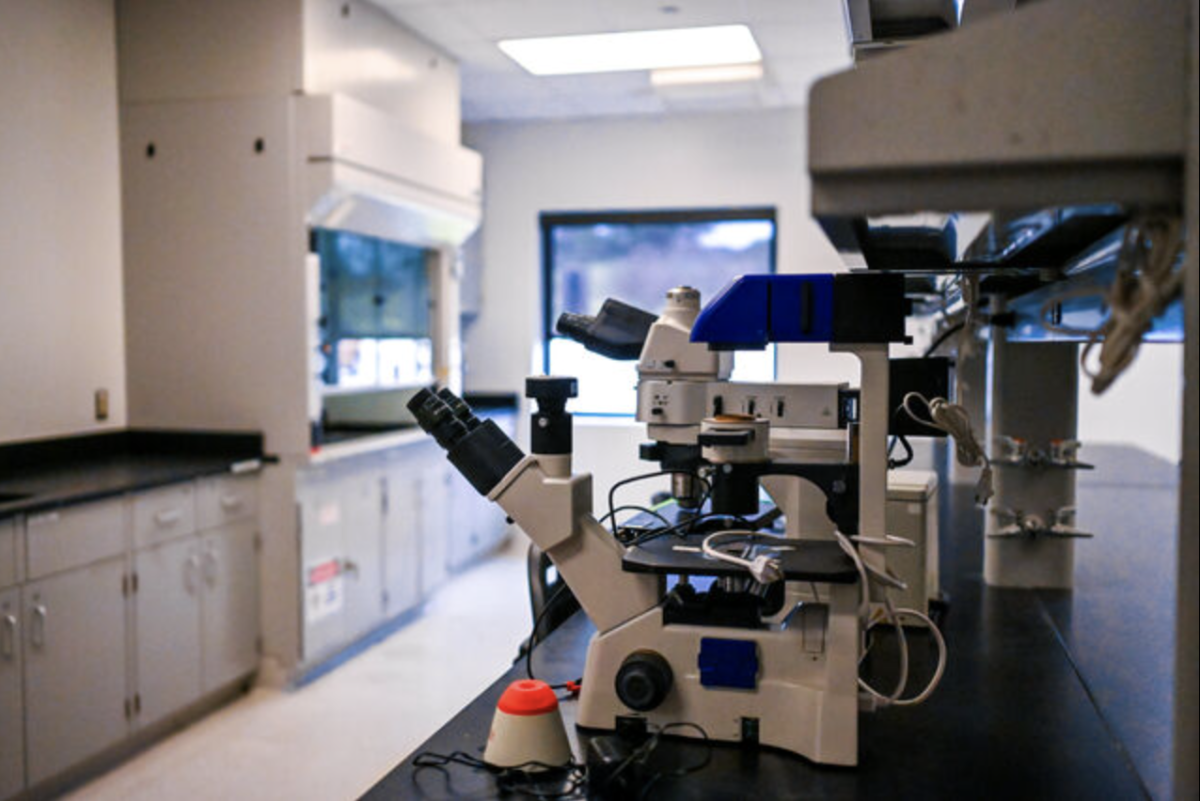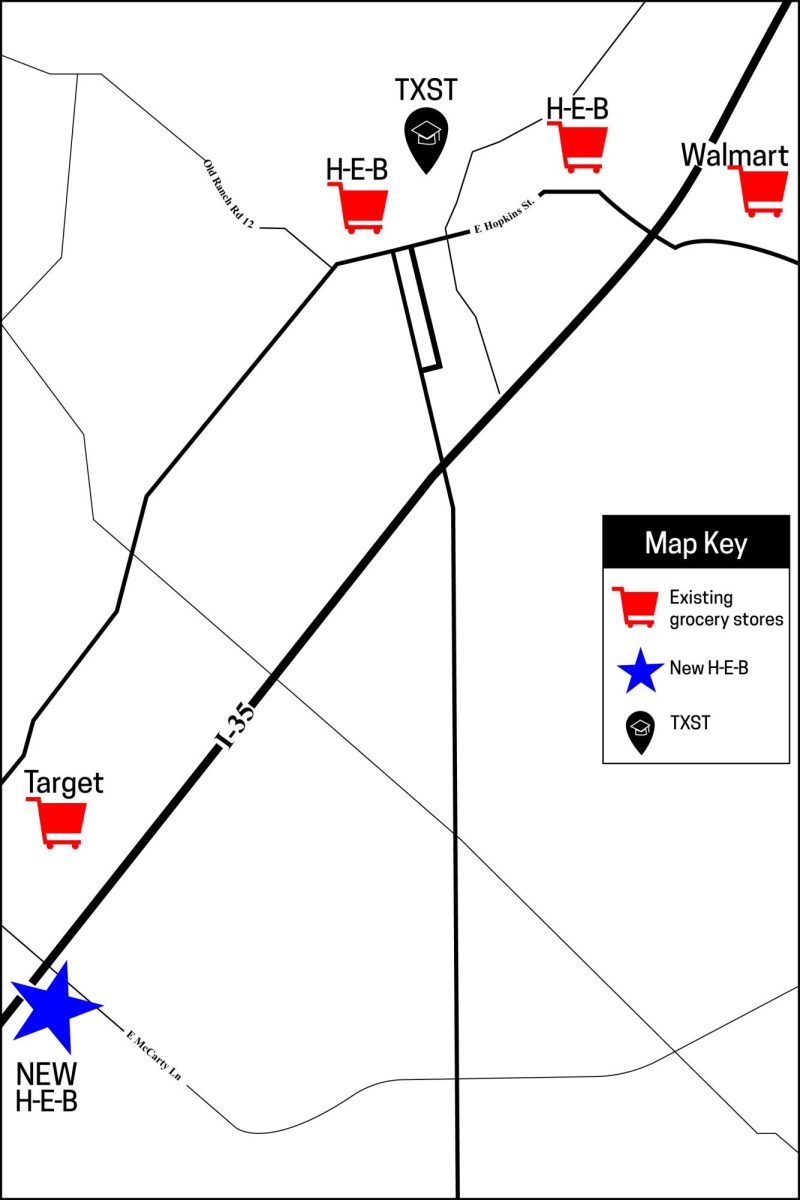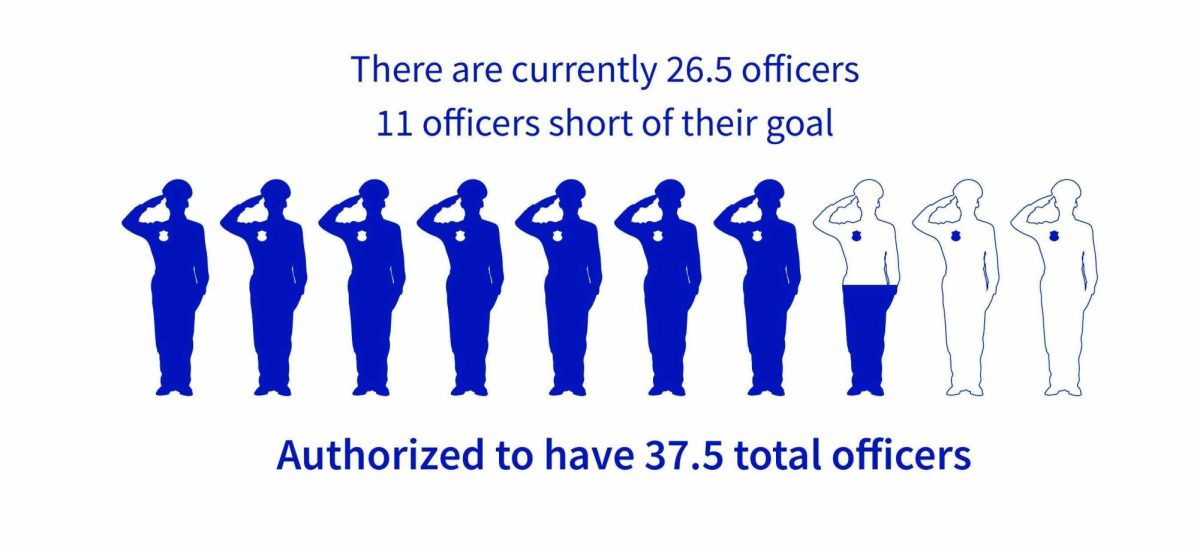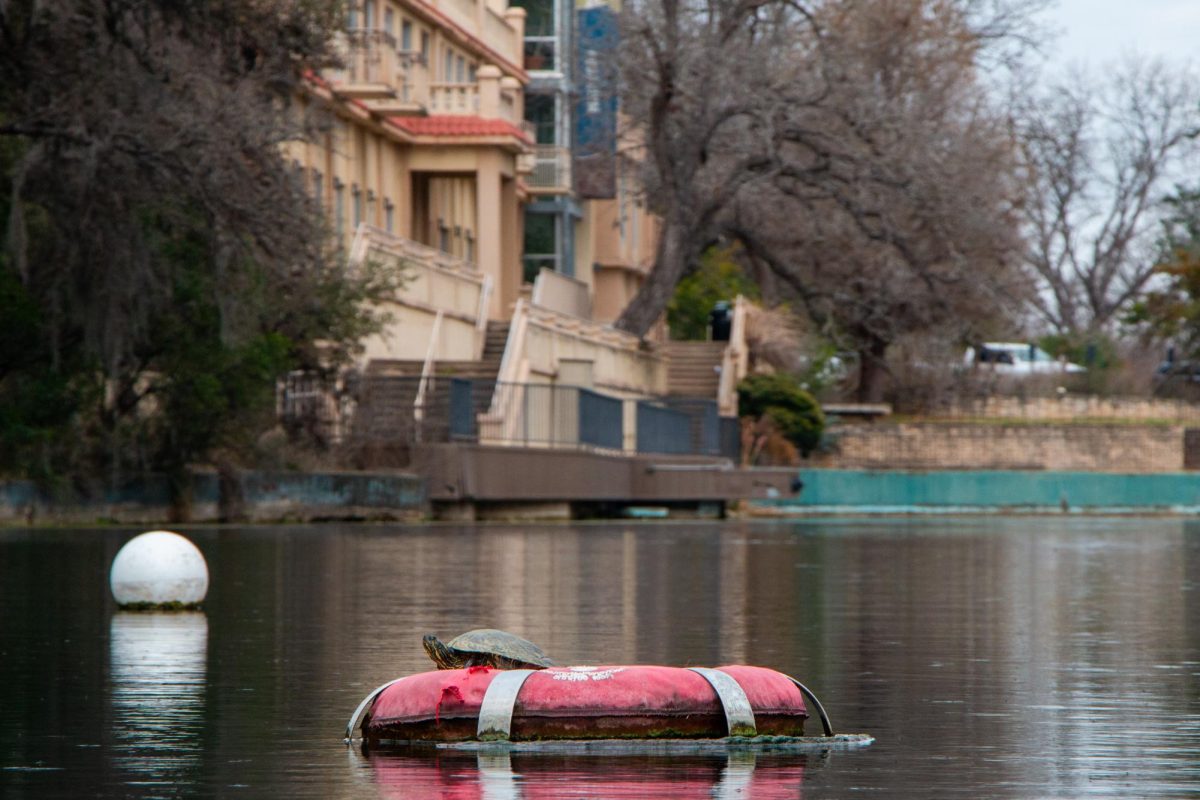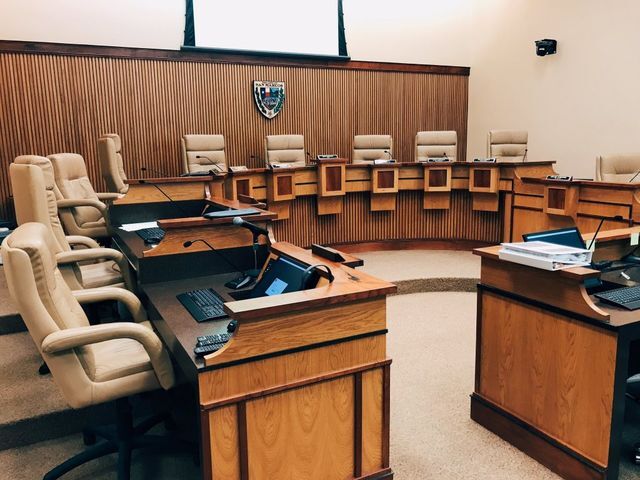The Texas Stream Team, a program based in The Meadows Center for Water and the Environment, is celebrating 30 years of citizen science and environmental conservancy and protection.
The Texas Stream Team is a statewide environmental education and volunteer-based water quality monitoring program. The team has trained over 11,000 citizen scientists since its launch in 1991 and is one of the longest-running and most accomplished citizen science programs in the nation.
Throughout its three decades of service, the program has collected water quality data to help identify trends and environmental changes. Although many state agencies throughout Texas often collect water quality data on a quarterly or annual basis, Texas Stream Team’s citizen scientists collect data every month.
Claudia Campos, the administrative coordinator for Texas Stream Team, believes the program provides the perfect way for citizens to get involved with their community and enhance their knowledge of environmental science in a way that encourages both environmental ethics and awareness.
“I love [Texas] Stream Team because it really does empower regular Texans who might not have a background in these environmental sciences to have a resource that can bring them up to a new level,” Campos says.
Campos believes the citizen scientists are the secret behind Texas Stream Team’s success. While training local citizens to collect data, the organization has addressed concerns in the waterways quickly and efficiently.
“Citizen science is a whole revolution going on right now. Through our program, we gather a lot of people that are on the ground out there, and a lot of times they are the first to notice a lot of things,” Campos says. “In 2019, one of our citizen scientists caught a jet fuel oil spill and kicked off the warning system that was able to get it taken care of.”
Potential threats to Texas waterways may lead to incidences throughout the state, and without the necessary attention, can sometimes go unnoticed. However, the Texas Stream Team and its citizen scientists seek to reassure local scientists and researchers that it will help catch any threats and manage them in a timely manner.
“I hate the fact that things like that happen, but it’s really cool that our program can be there and be one of the systems in place to navigate these issues. Water is a critical resource. We all love it, and we all use it in one form or another,” Campos says. “Having the stream team based here on campus provides an example of how we can go above and beyond for our community.”
“To think that we are only five people core staff, you don’t think about being able to be a part of a team like this but now that I’ve found it, I get so excited because we do so many great things. It makes me feel empowered. It really does,” Campos adds.
Adam Berglund, a trainer with San Marcos River Rangers, a volunteer group of trained citizen scientists who conduct scientific data collection with the San Marcos River Foundation, and a former citizen scientist with the Texas Stream Team, considers the 30 years of data collection and monitoring as a great accomplishment for the Texas Stream Team. Berglund says the research provides a basis for scientists in the event that contaminants enter the river system through acts such as illegal dumping or hazardous spills.
“The most important part about monitoring all of the rivers is gaining the ability to have long-term reliable data so then when something goes wrong, you’re able to prove that, not just in a court of law but in public opinion,” Berglund says. “Having that 30 years of data of the river has been excellent reassurance.”
Rachel Sanborn, an active trainer with Texas Stream Team, who was formally a citizen scientist with the group and volunteer coordinator with San Marcos River Rangers, believes the program is a great way for community members to get involved with environmental protection.
“[Texas] Stream Team is wonderful, there aren’t very many other states that have a stream team program like this,” Sanborn says. “My favorite part about it is getting other people involved and trying to get them to be interested and care about the river and realize that we’re kind of the ultimate frontline when it comes to protecting it.”
Along with protecting the environment, the Texas Stream Team focuses on monitoring the river and its water. The team provides the community with extremely valuable data about the health of the river ecosystem that also helps researchers identify when the river is at risk.
“Most of our work is just trying to understand what’s happening normally so that we can understand when something bad happens,” Sanborn says. “We’re not really pollution busters and going, ‘Oh my god there’s something in the water’. What we’re really doing is collecting data and seeing what kind of trends are happening. We want to see if we are getting less oxygen in the water or if there is more sediment coming into the water, or if the water [is] less clear than it used to be, all of those kinds of things we want to note.”
Sanborn also believes part of what makes the Texas Stream Team so successful is that it puts the power of helping the local environment in the hands of citizens.
“We really can’t rely on the government to take care of everything,” Sanborn says. “If you have a real active group of citizens involved in their natural resources, their rivers, their parks or whatever it might be, then you start to get a little bit more faith in what’s going to happen and what’s going to go on in your environment.”
Sanborn credits many of the Texas Stream Team’s accomplishments to its ability to create a programming environment that promotes the involvement of the local community in a way that maximizes outreach and allows members to continue their mission of facilitating environmental stewardship.
She says the team empowers concerned citizens, scientists and institutions to work collaboratively to promote the maintenance of a safe and healthy environment through environmental education, data collection and community involvement.
“I’m a real believer that every piece of volunteer work matters because when you add up all the little pieces you actually get something really incredible,” Sanborn says. “There’s a much bigger picture going on, and it’s nice to know that we have such an active community that really cares about this river and wants to see it there for future generations.”
To learn more about Texas Stream Team, visit its website.
Categories:
Texas Stream Team celebrates 30 years of environmental protection, education
Kiana Burks, News Contributor
March 24, 2021
0
Donate to The University Star
Your donation will support the student journalists of Texas State University. Your contribution will allow us to purchase equipment and cover our annual website hosting costs.
More to Discover


